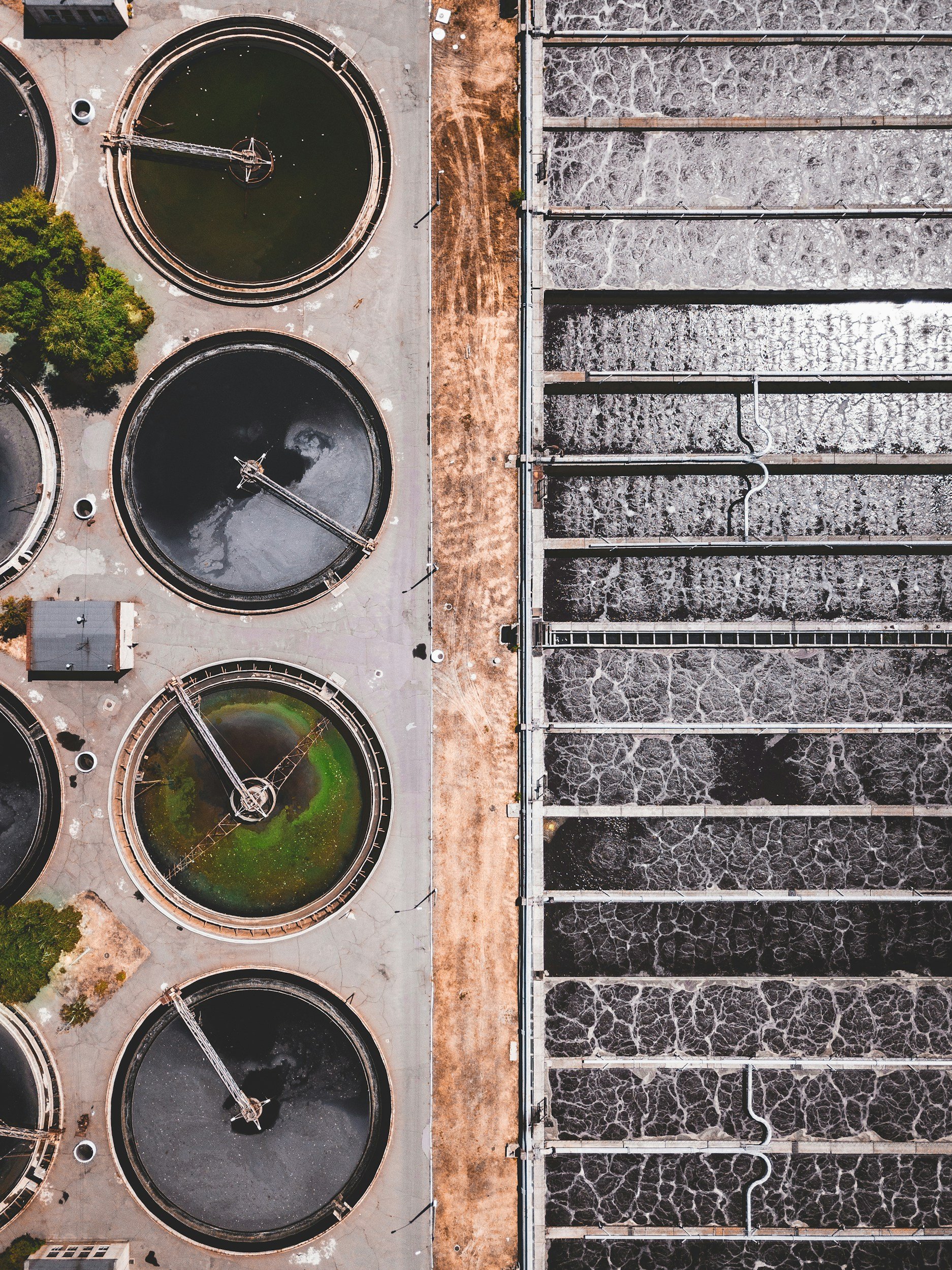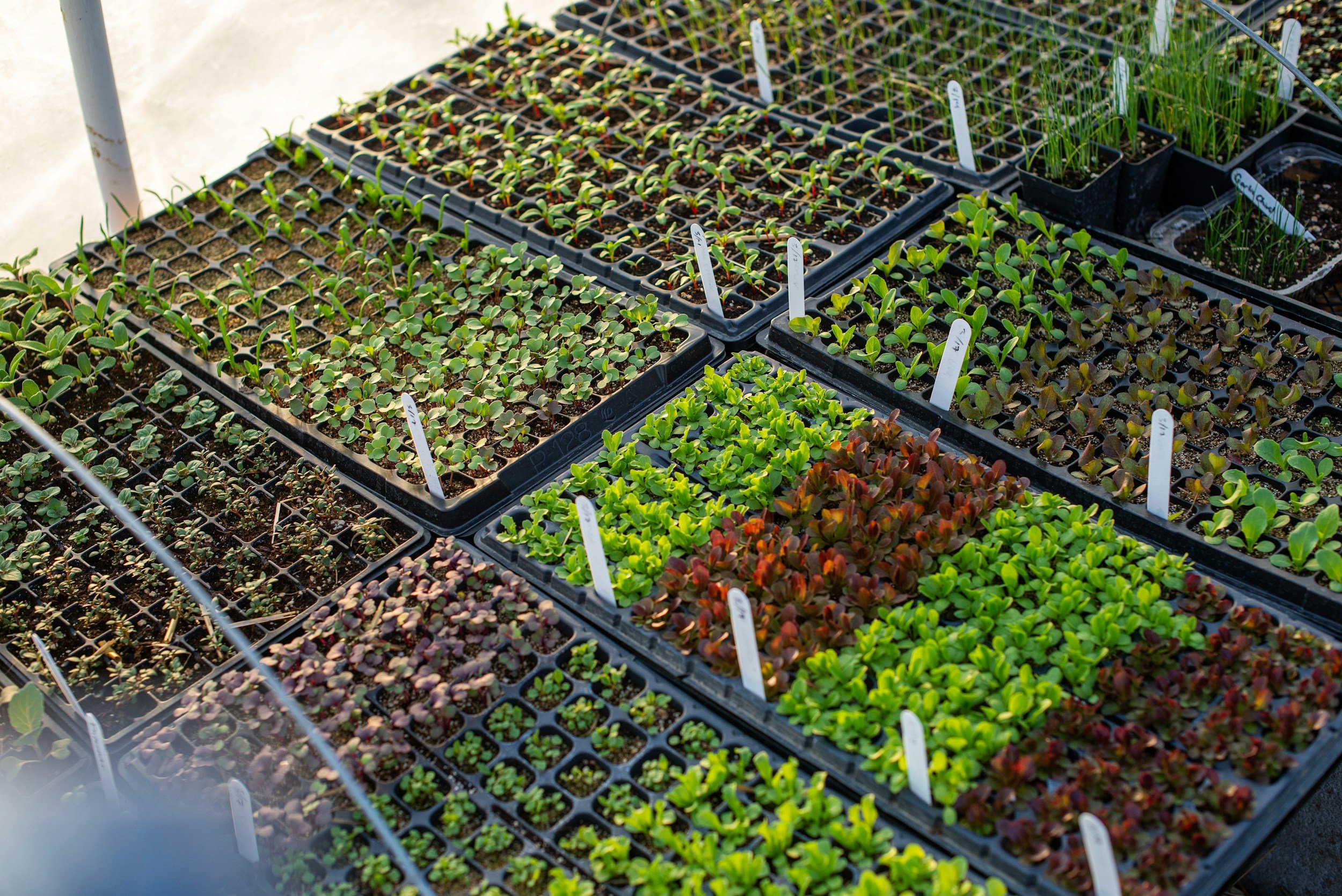
The Heart of Sustainability: Small Changes, Big Impact
Flame-based “traditional” cremation, while widely used, has a notable environmental impact. Data varies, but estimates range between 80-230 lbs of CO₂ are released into the atmosphere with each animal cremation; assuming 155 lbs of CO₂ per animal (average) coupled with the data-driven estimate of 8,000 annual deaths of dogs and cats in the Fargo-Moorhead area, that could result in 124,000 lbs of CO₂ emissions from pet cremation just in our region every year. On a national (US) level, more than 350,000 tons of CO₂ are emitted by the pet cremation industry in the United States (Environmental Protection Agency, 2023). These emissions add to the already significant carbon footprint of pet ownership.

Global Fertilizer Shortage: The Benefits of Nutrient Recycling & Closing the Loop with Aquamation
Nutrient recycling is a critical process in sustainable farming and environmental stewardship. It allows for the reuse of essential nutrients, reducing the need for synthetic fertilizers and minimizing waste. One emerging method that fits into this model is aquamation, also known as alkaline hydrolysis. Aquamation’s ability to produce nutrient-rich wastewater could provide an eco-friendly way to “close the loop” by returning essential nutrients back to the soil.

Global Fertilizer Shortage: What Makes a Good Liquid Fertilizer
At the heart of any quality liquid fertilizer is its nutrient content. Plants require three primary nutrients: nitrogen (N), phosphorus (P), and potassium (K)—often referred to as N-P-K in the agricultural industry. These elements are crucial for growth, root development, and overall plant health. Nitrogen boosts foliage growth, phosphorus supports root formation and flower production, and potassium strengthens the plant’s resistance to diseases and helps in water regulation. A well-balanced liquid fertilizer provides these nutrients in concentrations appropriate for specific crops or growing conditions.

Global Fertilizer Shortage: Understanding the Nutrient Makeup of Aquamation Wastewater
The process of aquamation breaks down the organic matter of the body using water, heat, and an alkaline solution. As a result, the wastewater contains essential nutrients such as nitrogen, potassium, and phosphorus—key elements needed for healthy plant growth. Nitrogen helps plants grow strong stems and leaves, phosphorus supports root development, and potassium enhances overall plant health. These nutrients make the wastewater an intriguing candidate for use as a liquid fertilizer

Global Fertilizer Shortage: Sustainable Farming and the Future of Agriculture
One of the key principles of sustainable farming is the use of natural resources in a way that doesn’t deplete them for future generations. This means finding alternatives to synthetic fertilizers, which are energy-intensive to produce and contribute to soil degradation over time (Kremen & Miles, 2012).

The Global Fertilizer Shortage: Why It Matters
One of the main reasons for the shortage is the global disruption in supply chains due to the COVID-19 pandemic. Many of the raw materials used to produce fertilizer, like nitrogen, phosphate, and potassium, have become harder to obtain or more expensive to transport

Sustainable Pet Ownership: Tips for an Eco-Friendly Life
As a pet owner, your love for your furry friends can extend beyond just their well-being to also caring for the environment. Here are some tips for making pet ownership more sustainable, helping to reduce your carbon footprint while providing the best care for your pet.
